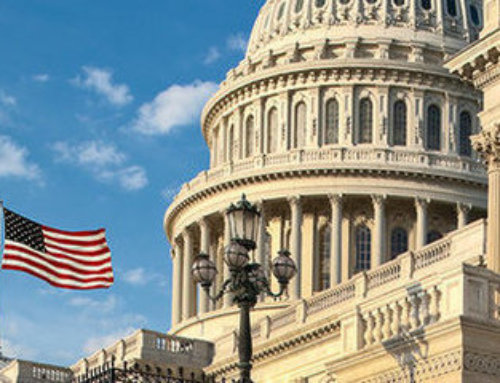On Nov. 29, 2016, President-elect Donald Trump announced his intention to nominate Seema Verma, a close adviser to Vice President-elect Mike Pence, to be the next administrator of the Centers for Medicare and Medicaid Services. Considered to be the architect of the Healthy Indiana Plan, the nation’s first consumer-directed Medicaid program, Ms. Verma’s nomination foreshadows the Trump administration’s possible strategy of restructuring the current Medicare and Medicaid program through new models that emphasize personal and fiscal responsibility.
Background
A graduate of the University of Maryland with a bachelor’s degree in life sciences followed by a master’s degree in public health with a concentration in health policy and management from the Johns Hopkins School of Public Health, Ms. Verma has spent more than 20 years working in health care management. She has worked for the Health & Hospital Corporation of Marion County in Indianapolis as vice president of planning and at the Association of State and Territorial Health Officials in Washington, D.C. In 2001, Ms. Verma founded the health policy consulting firm SVC Inc., which has worked with the states of Indiana, Iowa, Kentucky, Maine, Michigan, Ohio, and Tennessee.
Healthy Indiana Plan
Early in his first term, Indiana Governor Mitch Daniels tasked Ms. Verma to help design a benefit package, modeled after a high-deductible plan and health savings account, for a low-income population using Medicaid funds. In 2007, Governor Daniels signed the Healthy Indiana Plan (HIP) into law. The Healthy Indiana Plan was designed to cover the very poor and other low-income, uninsured parents as well as other adults who did not have access to employer-based coverage, Medicare, or regular Medicaid. The program helped more than 130,000 enrollees purchase a private health insurance policy with a subsidy from the state. To encourage private company participation in the plan, the Healthy Indiana Plan offered tax credits for small businesses to create qualified wellness and Section 125 plans.
Six years later, Ms. Verma worked closely with the new governor of Indiana, Mike Pence, to create an expansion of the original Healthy Indiana Plan. Adopted in 2014, Healthy Indiana Plan 2.0 utilizes section 1115 of the Medicaid Waiver program to test different approaches to financing and delivering Medicaid and the Children’s Health Insurance Program (CHIP). With this waiver, the Healthy Indiana Plan required most enrollees to pay money into health savings accounts. For Indiana citizens living below the poverty line, this contribution could be as little as $1 a month. Under the plan, enrollees who failed to contribute money would face repercussions, such as losing their coverage and not being allowed to reapply for six months or being put on a more restrictive plan that lacks benefits like dental coverage. These repercussions are not authorized under traditional Medicaid, but Indiana got a federal waiver to implement them. Healthy Indiana Plan 2.0 has expanded Medicaid to more than 400,000 beneficiaries. According to proponents, the plan is saving the state money while sending more funding toward hospitals.
Other State Plans
Neighboring states took notice of the Healthy Indiana Plan and developed similar efforts. In Kentucky, Ms. Verma’s firm worked closely with state officials to create a plan requiring the poor to perform “work activity,” which could include unpaid community service, in order to receive health insurance. In Ohio, the plan developed with the assistance of SVC Inc. would require people with low incomes to be barred from public health insurance until all “premium” arrears were up to date. These plans proposed by Kentucky and Ohio have yet to receive approval by CMS to begin operations.
Conclusions
Upon her expected confirmation as CMS administrator in early 2017, Ms. Verma will oversee a federal health care program with nearly $1 trillion in mandatory and discretionary outlays financing Medicare, Medicaid, and the Children’s Health Insurance Program. This department is at the precipice of change as the incoming Trump administration intends to reexamine the funding stream for these federal health programs. As the future of CMS is structured, Ms. Verma’s efforts to develop cost-effective health care plans will be closely examined, as will the legislative proposals of Dr. Tom Price, President-elect Trump’s Secretary of Health and Humans Services nominee, who advocates turning Medicaid into a block grant program.
In a statement announcing his intention to nominate Ms. Verma, President-elect Trump declared, “She has decades of experience advising on Medicare and Medicaid policy and helping states navigate our complicated systems. Together, Chairman Price and Seema Verma are the dream team that will transform our health care system for the benefit of all Americans.”


